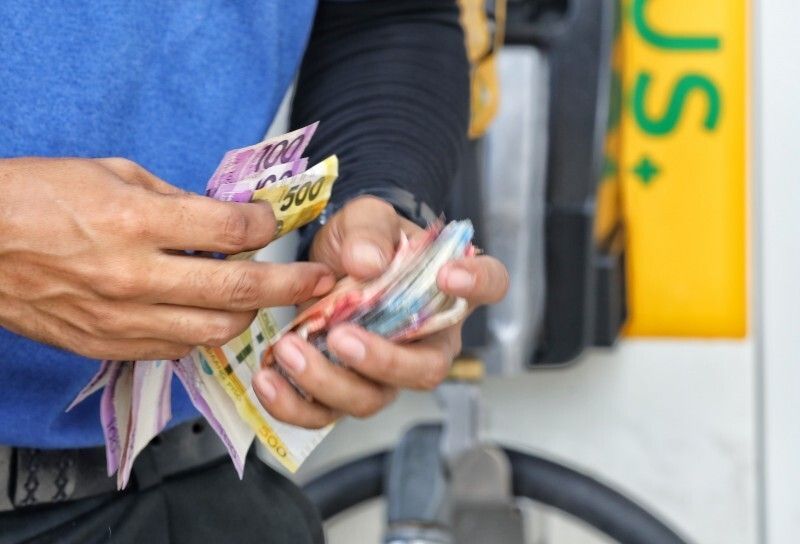Surging dollar sends peso plunging to new low

MANILA, Philippines — The surging dollar beat the peso into submission as the US Federal Reserve’s rate hike continues to reign king in global markets.
The local currency’s finish on Tuesday, at P58.99 against the greenback, was weaker than its previous close of P58.5, marking a new record-low.
That said, the peso's decline kept pace with the Philippine Stock Exchange's lowest level this year.
As it is, the peso's continued decline is foreboding for a Philippine economy reeling from imported inflation driven partly by expensive oil. The Philippine economy is also looking to regain economic momentum as it recovers from pandemic fallout in the past two years.
Domini Velasquez, chief economist at China Banking Corp. attributed the peso’s decline to the market’s delayed reaction on the dollar.
“The peso's new high today may be a delayed reaction from yesterday's movement globally, where currencies of developed and developing economies plunged amidst broad dollar strength,” she said in a Viber message.
Data from the Asian Development Bank showed that the peso has depreciated by 11% since the end of 2021.
The peso’s depreciation has a hand in pushing up the costs of goods and services since this meant that businesses and firms would need to spend more for their importing needs. To recoup their expenses, they would pass on the burden to consumers.
“Although the peso is testing the 59-levels, and may even test 60, we think that the dollar's strength may likely be nearing its peak,” Velasquez added.
That said, the Bangko Sentral ng Pilipinas mirrored the US Fed’s actions to quell inflation. Interest rates in the country currently stood at 4.25%, which banks use as a benchmark when they lend to consumers and businesses.
“Structural flows such as remittances and upcoming IPOs may provide some support to the peso,” said Velasquez.
- Latest
- Trending






























